Poisonous plants
- Filter by
- Categories
- Tags
- Authors
- Show all
- All
- Acorns
- Aggression
- Aggressive horse
- Allergies
- America
- Anatomy of Horse
- Archery
- Are horses intelligent?
- Are horses mammals?
- Are horses native to America?
- Are horses native to the UK?
- Are horses omnivores?
- Are horses ruminants?
- Arthritis
- Aslike clover
- Bananas
- Barefoot horse
- Beginner
- Behavior problems
- Belladonna
- Bending
- Bending Exercise's
- Benefits of Cod Liver Oil Horses
- Benefits of Devils Claw Horses
- Benefits of Garlic Horses
- Benefits of Turmeric Horses
- Bit Types
- Bits
- Black cherry
- Black walnut shavings
- Blue bells
- Body Parts of a Horse
- Bones of a Horse
- Bracken fern
- Bread
- Breastplate
- Bridle
- Bridle Parts
- Bridle Types
- Broccoli?
- Buttercups
- Can horses eat bananas?
- Can horses eat bread?
- Can horses eat broccoli?
- Can horses eat oranges?
- Can horses eat parsnips?
- Can horses eat potatoes?
- Can horses see colour?
- Canter
- Charlock
- Cherry trees
- Chokecherry
- Cleaning sheath
- Clicker Training
- Cold Weather
- Colic
- Conker's
- Cooler rug
- Create your own Boots
- Curly dock
- Cushings Disease
- Daffodils
- Deadly nightshade
- Diseases
- Disrespectful
- Do horses sleep?
- Do horses sweat?
- Dressage
- Dressage Maneuvers
- Eating habits
- Electric Fencing
- Energy
- Equine
- Eventing
- Farrier
- Fear
- Feed
- Feeding my horse
- Field management
- Field mustard
- Fire cherry
- Firethorn
- Food Aggression
- Foxgloves
- Frog Trimming
- Gallop
- Gelded late
- Girth Types
- Girths
- Golden chain
- Grass glands
- Grooming
- Hacking
- Hawkweed
- Hawthorn
- Hay
- Haylage
- Healing
- Health
- Healthy Horse
- Hedging
- Hemlock
- Herd Behavior
- Hi Vis
- Highway Code
- History of Horse Riding
- Hock
- Hoof Abscess
- Hoof Boots
- Hoof care
- Hoof Problems
- Hooved Mammals
- Horse Bedding
- Horse Boots
- Horse Breeds
- Horse Bridle
- Horse chesnut tree
- Horse dentist
- Horse Fencing
- Horse Food
- Horse Forage
- Horse Gait
- Horse muscles
- Horse Nutrients
- Horse Paddock
- Horse Paddocks
- Horse pain relief
- Horse Play
- Horse Riding Benefits
- Horse sight
- Horse sweating
- Horse swimming
- Horseback Archery
- Horses
- Horses food
- Horsetail plant
- Hunting
- Hyperextension Ligaments
- Injection
- Injury
- Ivy
- Jumping
- Laburnum
- Lameness
- Laminitis
- Larkspur
- Laurel
- Left handed
- Leg Protection Horses
- Leg sores
- Lily of the valley
- Magnetic Band
- Mammals
- Maple trees
- Mare
- Mare & Foal
- Martingale
- Mastitis
- Meadow saffron
- Meditation
- Mental Health
- Mistletoe
- Monkshood
- Mounting
- Mud fever
- Muscle Anatomy of Horse
- Mutual grooming
- Native
- Natural Remedy
- Naughty
- New to Horses
- Nosebands
- Novice
- Numnah
- Nutrition
- Omnivores
- Oranges
- Organ Anatomy of a Horse
- Organs Horses
- Paddock Fencing
- Paddock Sizes
- Parelli
- Parsnips
- Parts of a Horse
- Peach tree
- Pear trees
- Performance problems
- Phobia
- Pigweed
- Play
- Plum tree
- Poisoning
- Poisonous plants
- Pole work
- Poles
- Polework
- Polo
- Potatoes
- Privet
- Protection
- Prunus species
- Racing
- Ragweed
- Ragwort
- Reiki
- Respiratory problems
- Rhododendron
- Riding & Road Safety
- Right handed
- Road Leading
- Road Safety
- Saddle
- Saddle Cloth
- Saddle pad
- Saddle Parts
- Safety on the road
- Schooling
- Shavings
- Sheath
- Shoeing horses
- Show Jumping
- Showing
- Skeletal Anatomy of a Horse
- Skeleton of a Horse
- Skin condition
- Sleep Deprivation
- Sleep horse
- Snow
- Spring horses
- Springtime Problems
- St johns wort
- Stable size
- Stabled Nightmare
- Stabling
- Stallion behaviour
- Stirrup Leather Types
- Stirrup Leathers
- Stirrup Types
- Stirrups
- Sweet itch
- Swollen glands
- Swollen Tits Mare
- Sycamore
- Tack
- Tack Problems
- Teeth
- Tellington Touch
- Therapeutic Shoeing
- Therapy
- Thrush
- Tooth Problems
- Training
- Trauma
- Trekking
- Trot
- Trotting poles
- TT
- Types of Martingales
- Uses for Martingales
- Uses of Bits
- Vet
- Vetch
- Vulnerable Road Users
- Walk
- Walking Horse on Roads
- Walnut poisoning
- Water Horses
- Water Requirements Horses
- Western
- Western Riding
- Wild Horses
- Wisteria
- Worm Count
- Worming
- Worms
- Yew
February 1, 2023
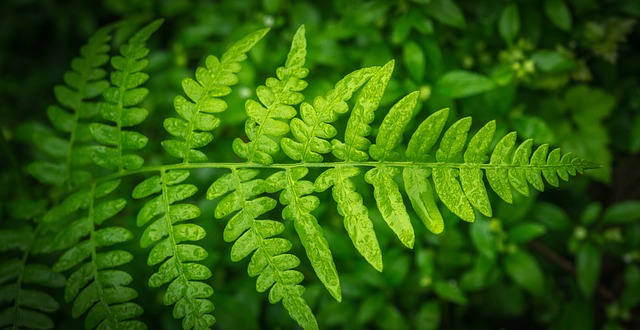
Published by horsesdaily on February 1, 2023
Categories
Bracken Fern (Pteridium aquilinum) is a common and widespread fern species that grows throughout the United Kingdom. While it is a valuable source of food and […]
February 1, 2023
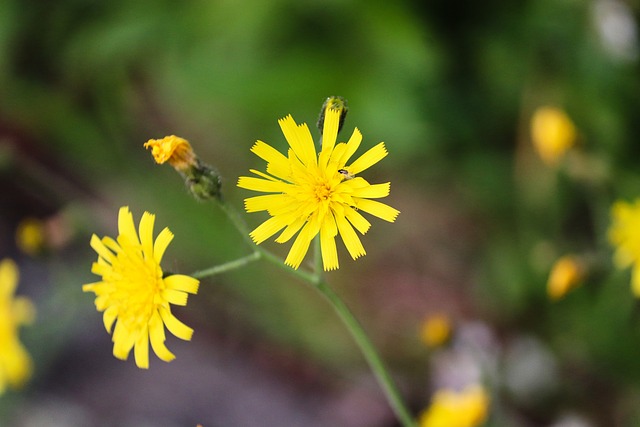
Published by horsesdaily on February 1, 2023
Categories
Hawkweed: A Common UK Plant with Potentially Deadly Effects on Horses Hawkweed (Hieracium spp.) is a common plant found in pastures, meadows, and waste areas throughout […]
February 2, 2023

Published by horsesdaily on February 2, 2023
Categories
Pear trees are a common sight in the UK, and are grown both for their fruit and as ornamental trees. While pears themselves are not toxic […]
February 2, 2023
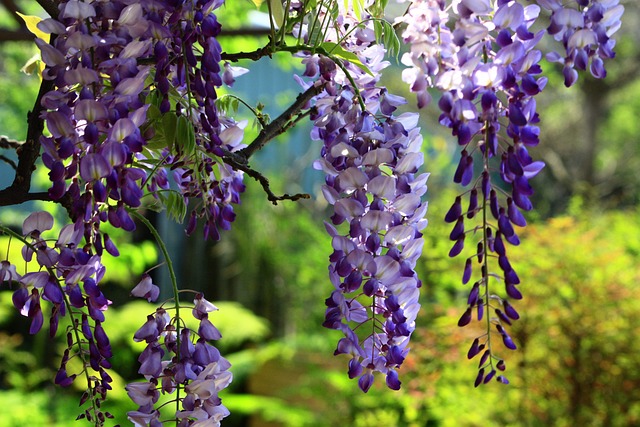
Published by horsesdaily on February 2, 2023
Categories
Wisteria: A Potentially Poisonous Plant for Horses in the UK Wisteria is a flowering vine commonly found in the UK, often grown on fences, trellises, and […]
February 1, 2023
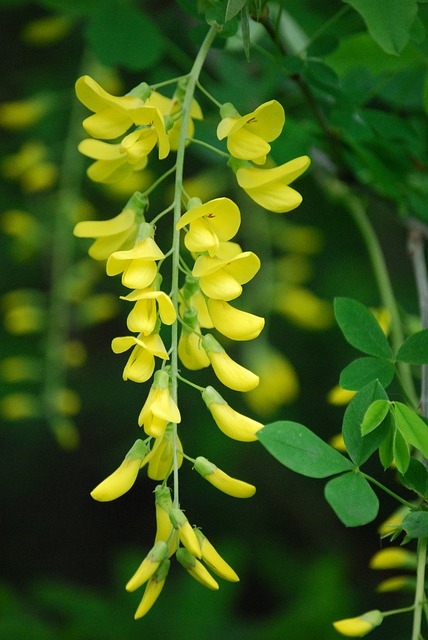
Published by horsesdaily on February 1, 2023
Categories
Laburnum, also known as golden chain, is a commonly grown ornamental plant that can be toxic to horses if ingested. The toxic compounds found in laburnum, […]
February 2, 2023

Published by horsesdaily on February 2, 2023
Categories
Pyracantha, also known as firethorn, is a popular ornamental shrub commonly grown in the UK and other parts of the world. While its bright berries are […]
February 1, 2023
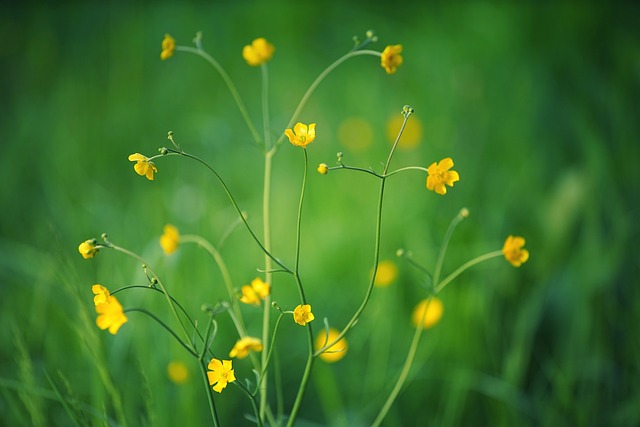
Published by horsesdaily on February 1, 2023
Categories
Buttercups are a common sight in the UK and are often associated with the spring and summer months. While they are a beautiful and popular wildflower, […]
March 16, 2023
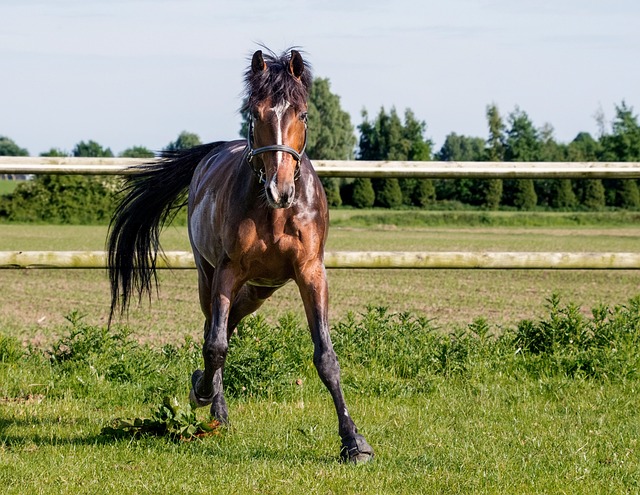
Published by horsesdaily on March 16, 2023
Categories
Pectin is a type of soluble fiber that is commonly used as an ingredient in horse feed and supplements. It is derived from the cell walls […]
February 1, 2023
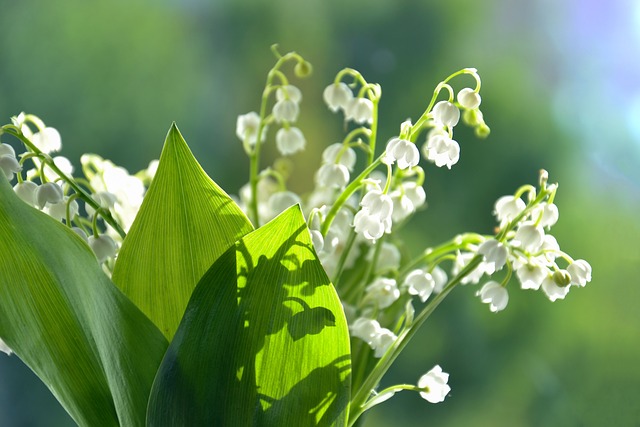
Published by horsesdaily on February 1, 2023
Categories
Lily of the Valley in the UK: A Poisonous Threat to Horses Lily of the Valley (Convallaria majalis) is a common plant found in the UK, […]
February 2, 2023
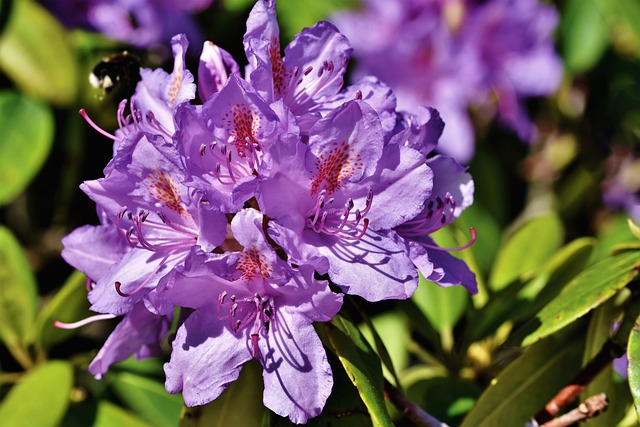
Published by horsesdaily on February 2, 2023
Categories
Rhododendron is a popular ornamental shrub commonly grown in the UK and other parts of the world. While its attractive flowers and foliage make it a […]
February 1, 2023
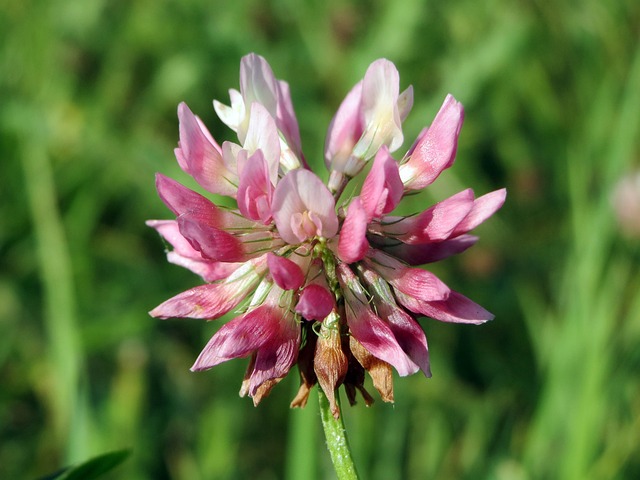
Published by horsesdaily on February 1, 2023
Categories
Alsike clover is a species of clover that is commonly found in the UK and is often used as a forage crop for horses. While Alsike […]
February 2, 2023
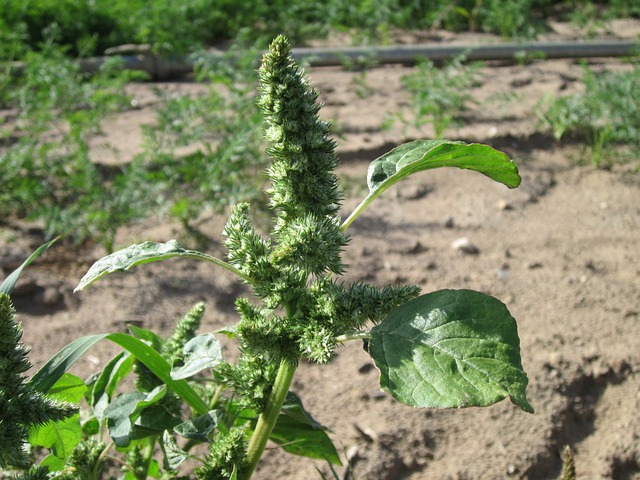
Published by horsesdaily on February 2, 2023
Categories
Pigweed, also known as redroot pigweed or common amaranth, is a weed commonly found in the UK and other parts of the world. While it is […]
February 1, 2023
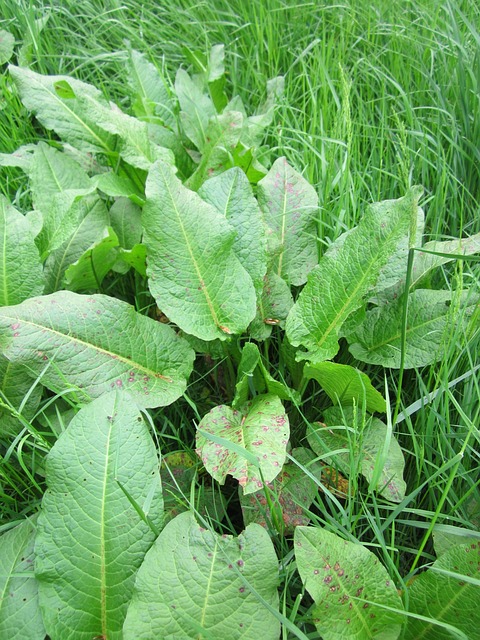
Published by horsesdaily on February 1, 2023
Categories
Curly Dock: A Common UK Plant with Hidden Dangers for Horses Curly dock (Rumex crispus) is a common plant found in pastures, meadows, and waste areas […]
February 1, 2023
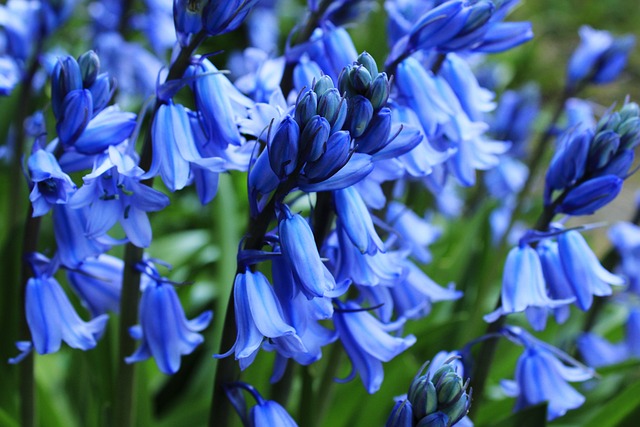
Published by horsesdaily on February 1, 2023
Categories
Bluebells are a common wildflower species found in the UK and are known for their beautiful, nodding blue flowers. While bluebells are not toxic to horses, […]
February 2, 2023
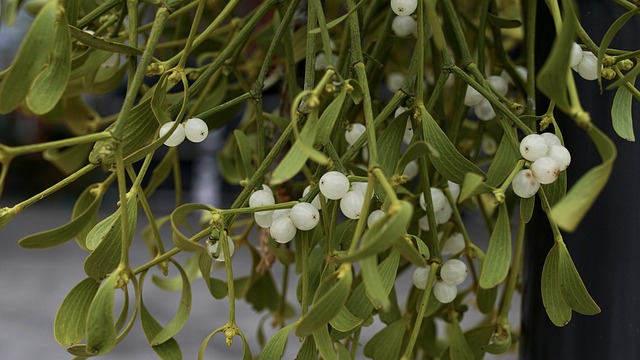
Published by horsesdaily on February 2, 2023
Categories
Mistletoe is a parasitic plant that grows on the branches of trees and is commonly found in the UK. Although it is often associated with the […]
February 2, 2023
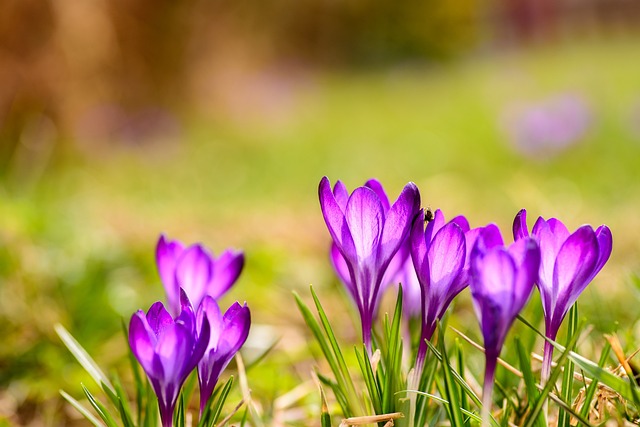
Published by horsesdaily on February 2, 2023
Categories
Meadow Saffron: The Hidden Threat to UK Horses Meadow saffron, also known as colchicum autumnale, is a common wildflower found in the United Kingdom and across […]
February 1, 2023
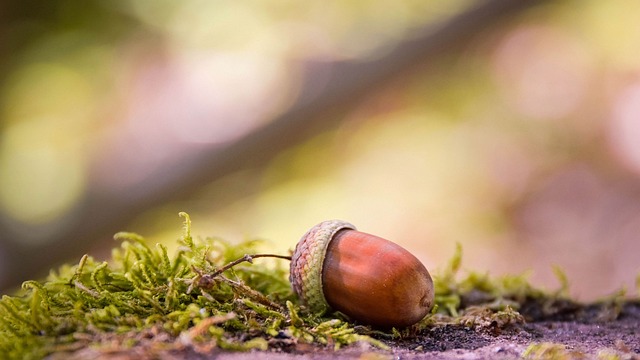
Published by horsesdaily on February 1, 2023
Categories
Acorns, the fruit of the oak tree, may seem harmless, but they can actually be toxic to horses if ingested in large amounts. Acorns contain tannins, […]
February 1, 2023
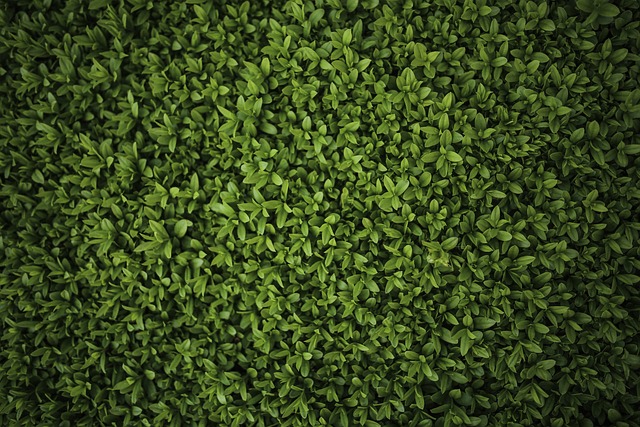
Published by horsesdaily on February 1, 2023
Categories
Privet is a commonly grown ornamental plant that can be toxic to horses if ingested. The toxic compounds found in privet, known as glycosides, can cause […]
February 1, 2023
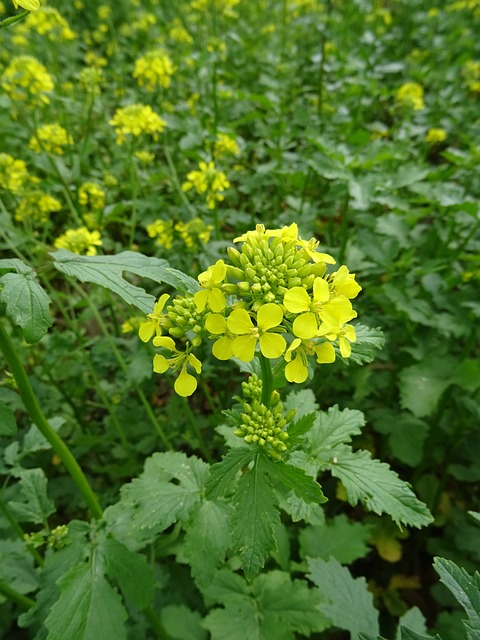
Published by horsesdaily on February 1, 2023
Categories
Charlock is a common weed in the UK and is often found growing in fields, pastures, and along roadsides. Although it is widely regarded as a […]
February 1, 2023
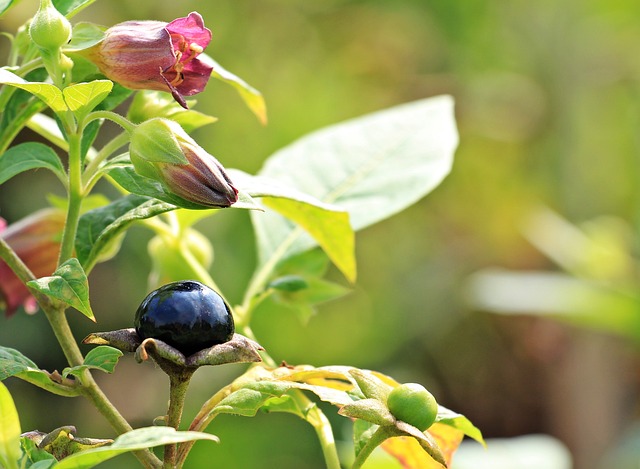
Published by horsesdaily on February 1, 2023
Categories
Deadly nightshade, also known as belladonna, is a highly toxic plant that can have serious and even fatal consequences for horses if ingested. This plant contains […]